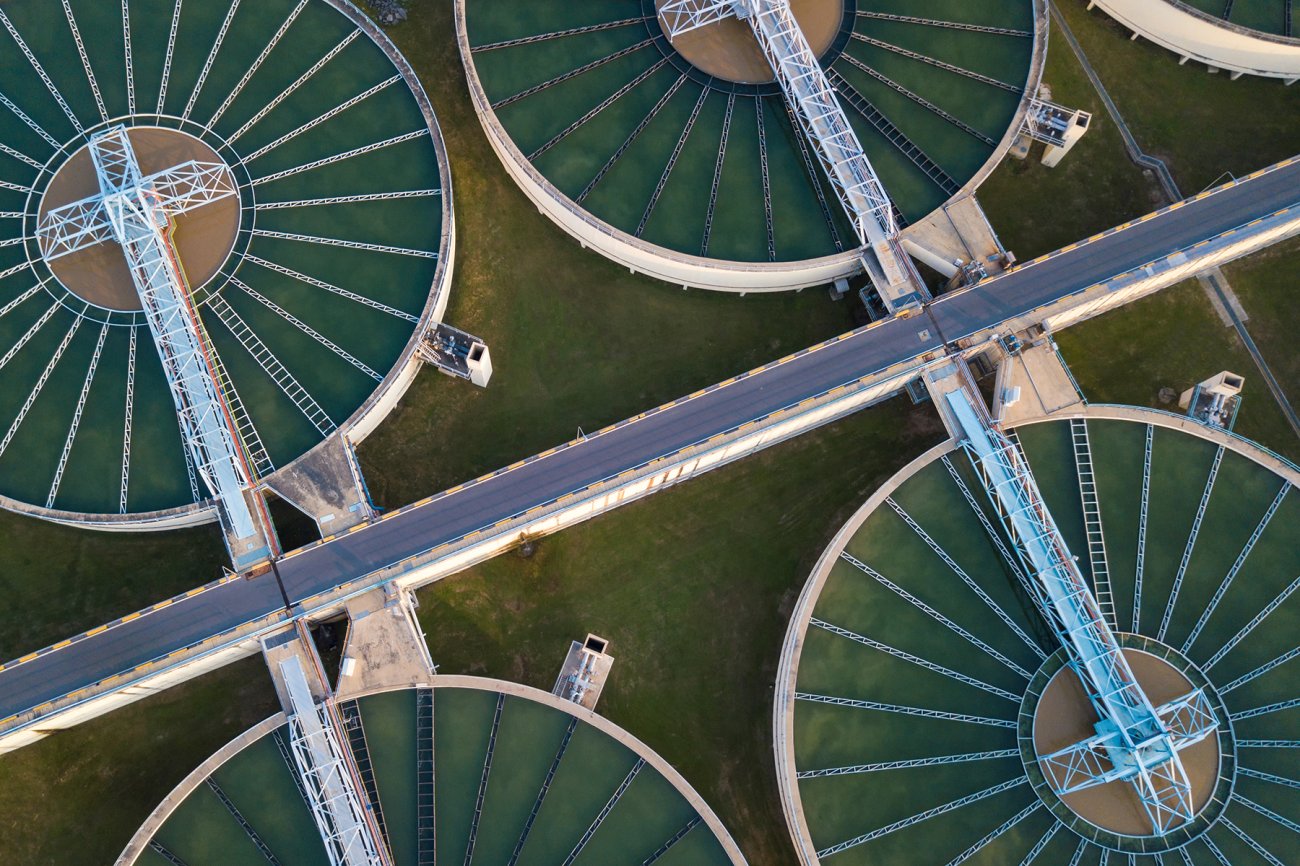The 5-Minute Rule for Reclaim Waste
Table of ContentsReclaim Waste Fundamentals ExplainedExcitement About Reclaim WasteOur Reclaim Waste StatementsThe 8-Second Trick For Reclaim Waste4 Easy Facts About Reclaim Waste DescribedThe Best Strategy To Use For Reclaim Waste

Never place damaging substances down sinks, toilets or stormwater drains Materials including fuel, grease, oil, pesticides and herbicides, and solvents such as paint pole dancers need to not be put down sinks, toilets or stormwater drains. These compounds are difficult to remove in the sewer therapy process and create air pollution issues in our regional rivers.

Liquid waste is a term that covers a broad range of products, there's a great reason why leaving its disposal to the specialists is advised. Fluid waste is non-solid material that has no additional use and must be treated and dealt with according to local, state and government guidelines.
Reclaim Waste Things To Know Before You Get This
Although examples of liquid waste can include wastewater, fats, oils or oil, used oil, fluids, solids, gases or sludges and hazardous household liquids, there are some that are thought about to be much more harmful than others when it involves the setting and the health of animals and humans alike. It's consequently that each state and region have rigorous guidelines connected to liquid waste administration.
Liquid waste can be stored in holding containers or packaged in drums, intermediate mass containers or approved tiny containers before either being dealt with or eliminated via outsourced vacuum trucks. Offered the nature of the products, fluid waste can not go in the general waste stream and there are stringent regulations on how to throw away it properly.
(https://reclaimwaste1.creator-spring.com)Depending upon a resolution of the level of danger, it may be needed to remediate those sites. Additionally, hazardous fluid chemical wastes are managed waste and has to be tracked according to the state waste regulations. Under the chain of safekeeping and duties, proprietors are accountable and responsible for waste generated by a service.
One of the core applications for superabsorbent polymers (SAPs) is fluid waste solidification. liquid waste disposal. SAPs are used by waste administration professionals to stop possibly harmful liquids from going into rivers, groundwater aquifers, and various other delicate settings. Because fluids can swiftly deliver pollutants into environmental receptors and potentially add to geotechnical failures, fluid wastes are almost always restricted from disposal in land fills
The Main Principles Of Reclaim Waste
Primarily, cost-free fluids are fluids that divide from the like this strong section of waste product. Fluid waste can consist of the following: HDD mud and cuttings Garbage dump leachate Wastewater therapy sludge & biosolids Dug up debris Oil and gas drill cuttings Settling pond filth Hydro Excavation slurry Coal burning residuals/ash Container base sludge Concrete grinding/polishing slurry Relevant Write-up: For a sensible instance of cost-free fluids dividing from waste material, consider the following scenario: A waste management professional loads a dump truck with sludge from a wastewater therapy plant's oygenation container, during a routine upkeep occasion.
When the vehicle driver gets here at the land fill, he notifications water leaching from the sludge and pouring from the dump vehicle. The lots was denied by the garbage dump and the motorist was required to throw away the waste as a liquid waste at a special facility, which raised the disposal costs greatly.
We additionally need to be liable for the appropriate disposal of our waste products. It is not enough that we pay waste disposal companies to take treatment of our rubbish.
Some Known Factual Statements About Reclaim Waste

Segregating your waste can begin inside the home. Set apart dry and liquid waste as well as edible waste, eco-friendly and non-biodegradable products.
You can use old trash bin, pail, garden pot or old plastic drums. Drill four to five holes in the container so the air can distribute. Layer the bottom with soil to take in the damp waste. Beginning the composting procedure. Layer the compost with wet and dry waste in addition to dirt to keep an equilibrium in between the damp and the completely dry.
Some Known Factual Statements About Reclaim Waste
To help with faster decomposition, you can likewise add semi composted soil to the garden compost. If you discover the smell is coming to be as well strong, include additional papers and paper waste or include more openings to the compost container to keep the equilibrium of the waste products.
We likewise require to be accountable for the proper disposal of our waste materials. It is not sufficient that we pay waste disposal business to take treatment of our rubbish.
Our waste, our duty. Have you ever questioned what happens to your fluid waste after it's collected? Did you recognize that liquid waste can be recycled? As liable citizens, you must understand what occurs to your rubbish and where it goes after it is removed from you. Understanding the fluid waste elimination process is essential in helping you to segregate your waste.
The Main Principles Of Reclaim Waste
Segregating your waste can begin inside the home. Set apart completely dry and fluid waste as well as edible waste, eco-friendly and non-biodegradable products.
Layer the base with soil to absorb the wet waste - liquid waste disposal. Layer the garden compost with damp and completely dry waste as well as dirt to preserve a balance between the wet and the dry.
Cover the compost bin. Once a week, add soil in addition to the garden compost. To promote faster disintegration, you can likewise add semi composted soil to the garden compost. Preserve the compost. If you discover the smell is becoming too solid, include additional newspapers and paper waste or include even more openings to the compost bin to maintain the equilibrium of the waste materials.